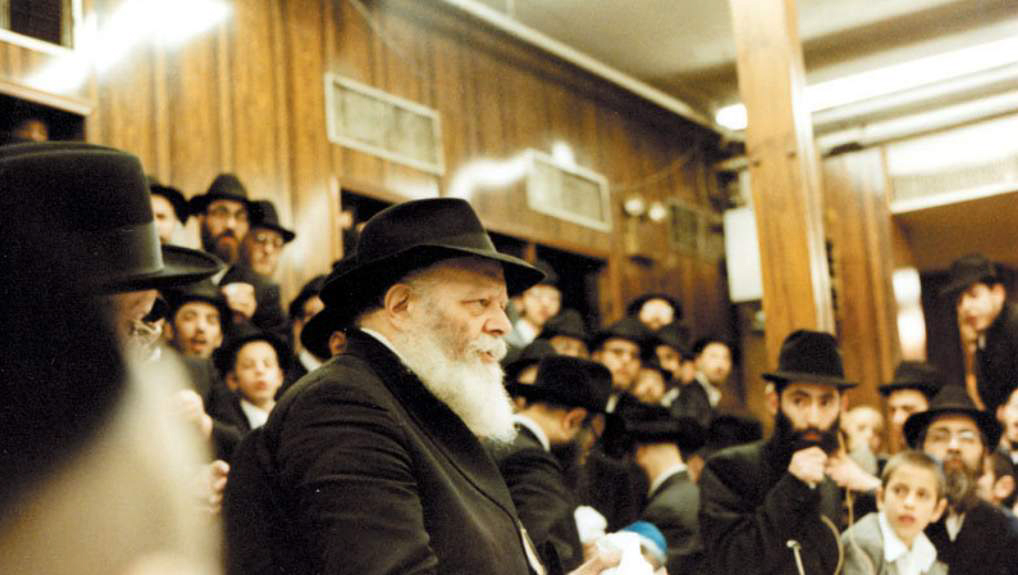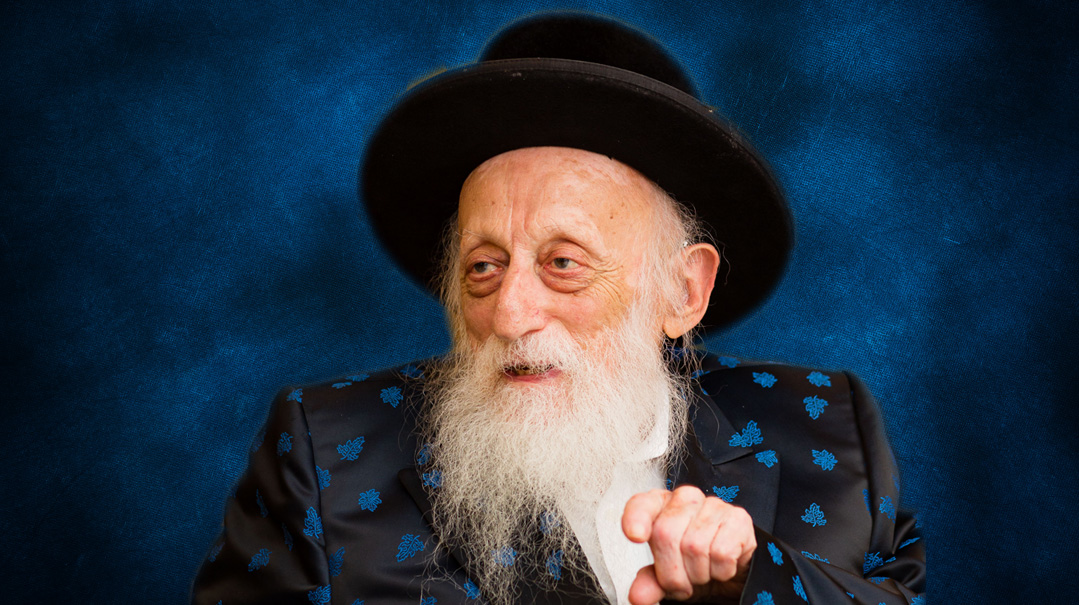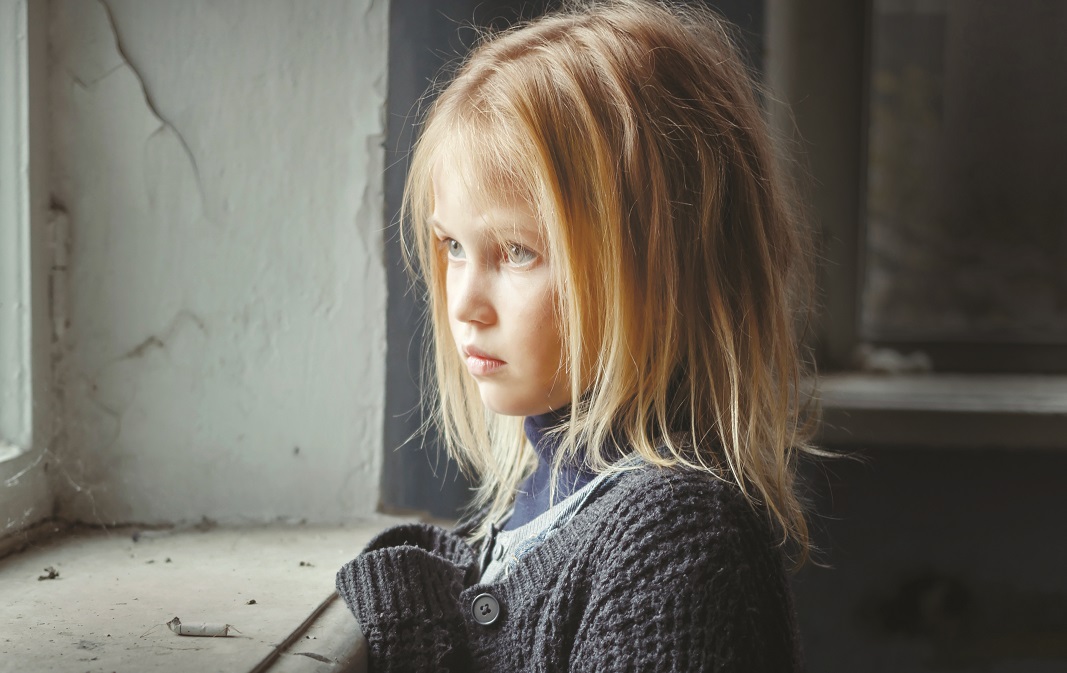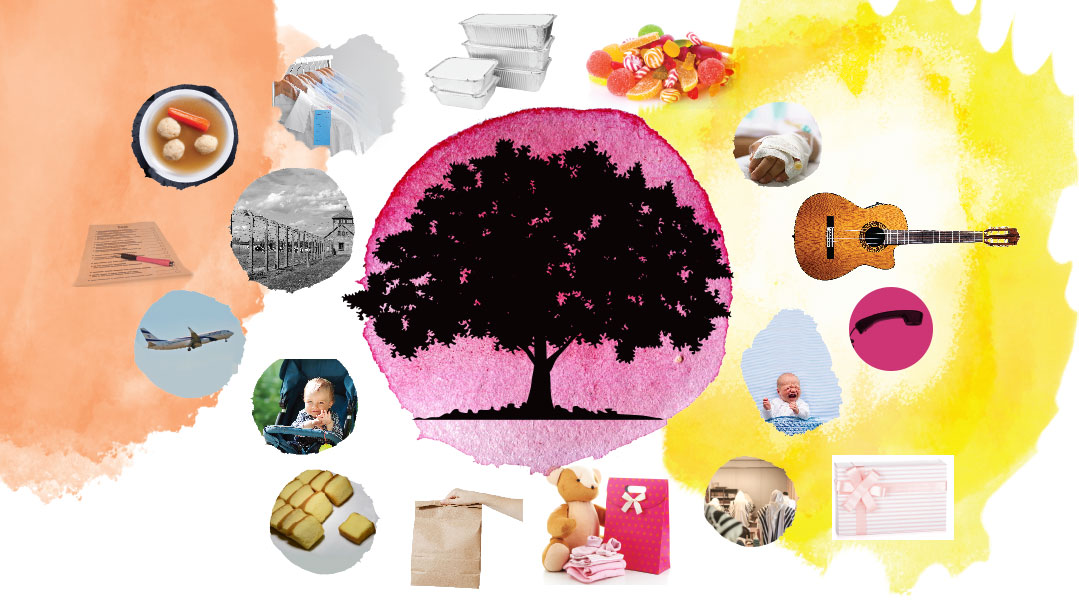The Unfinished story
| December 25, 2019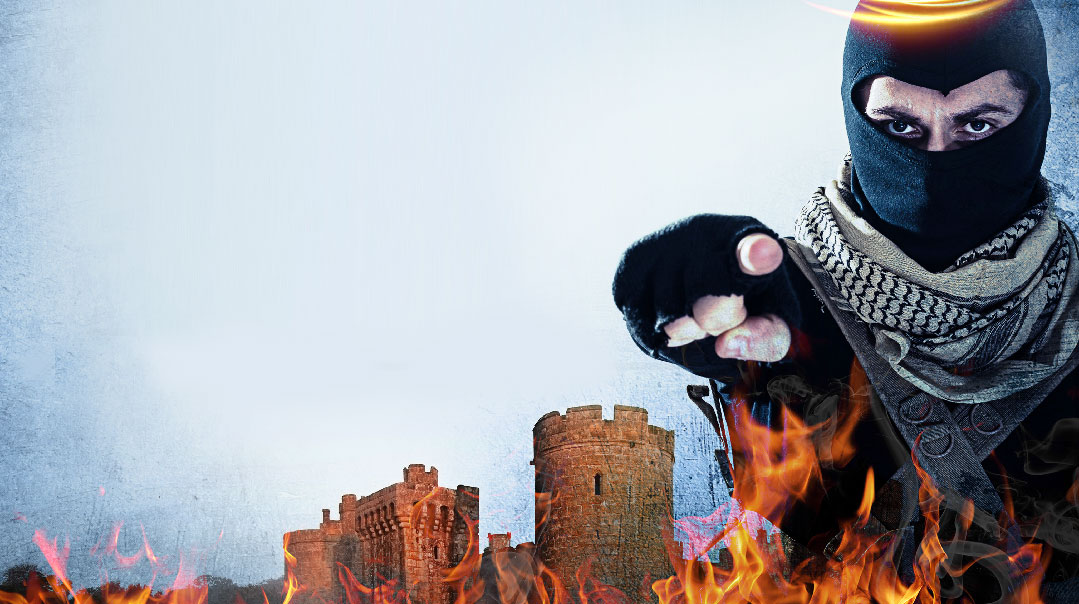
O
ld meets new in York, perhaps more than in any other city in England.
Bus routes weave around ancient city walls, the quaint marketplace thrives just a short distance from a designer outlet mall, and supermarkets jostle for space along a riverbank marked with bridges, stone buildings, signposts to history.
In the middle of the city center, there’s a grassy hill. It looks as if it’s been uprooted from the countryside and transplanted into the heart of a bustling city. Visitors walk across it, stare up at the gray-stoned tower at the peak. Some pause by a brass plaque set in the grass, near the steps to the tower.
It’s a memorial, something about Jews. The date is 1190. Dear me, that’s a long time ago, they say, shaking their heads. Then they move on.
When we came there, though, we lingered. We stood, grouped together, huddled against the chill in the air, in our hearts. We stood and sang in the spot where generations ago, Jews gave their lives to Hashem.
We came to say we survived. There are no Jews left in York. In the wake of the tragedies of 1190, the rabbanim placed a cheirem on staying overnight in the city that once housed a thriving Jewish community. And while the streets around us pulsed with life, the plaque — and the reconstructed tower — were all that was left of the Jewish community.
We climbed the steps up the hill, showed our passes to the receptionist at the tower’s gate. It’s a heritage site now. But once we were inside the gates, it was ours again, and we sat in a circle and let our imagination paint the scene of that terrible day.
It was Shabbos Hagadol, May 1190. Richard the Lionheart had just ascended the throne, sparking a wave of pogroms that began in London and wended their way up north. And although the king eventually declared to end the persecution, he then left on a celebratory Crusade.
The Jews of York fled to Clifford’s Tower for protection, but they were besieged by a violent mob. Every morning, a priest garbed in white addressed the crowd, performing mass in front of the castle. The Jews were running out of food and water, and it was clear they would not hold out much longer.
Surrender would mean forced baptism, torture, or death. There was no choice left.
We sat on the dusty ground, shivering in the shadow of gray stone. What did it feel like for the York community, with just stone walls between them and painful death? With no provisions, with crying children, with terror permeating the air?
They turned to their rav, the Tosafist Rav Yom Tov bar Yitzchak. There was one choice. The last decision they would make.
Taking their own lives would protect them from the furies of the mob, would protect their children from forced conversion and living their lives as non-Jews.
They used a shechitah knife. Each father, his family. The rav, each man. The final one killed himself.
In love, in death.
It was too quiet, the echoes of 150 last cries echoing in the emptiness of the castle. I sat there with my students of 2016, 2017, 2018, a new generation. We left after an hour; the gates were open for us. We left almost guiltily, we who live on.
I remember where I was standing when I heard the terrible news about Naftali Frenkel, Gilad Shaer, and Eyal Yifrah, the three boys who’d been kidnapped in Gush Etzion two-and-half weeks earlier.
I was far away, in a hotel room in Austria, on our seminary trip to Europe. It was Erev Shabbos, we were emotionally and physically drained. We had traveled that week through six countries, stood by the gates of camps of death, we’d davened in cemeteries with cracked headstones and faded lettering, and we had traversed land steeped in history, soaked with blood.
The names of the three boys had been on our Tehillim lists and on our lips. We didn’t hear the tragic end of the story when the rest of Klal Yisrael united in mourning. We were cut off from the world, no phones, no letters. Only I — ever the Mishpacha addict — had received a parcel from home.
I remember breaking down and crying when I learned that the boys’ bodies had been found. My mind didn’t want to believe it; how could it be, three lives, so young, so full of potential, snuffed out in one evil instant?
I remember sitting on the floor and how my voice cracked when I told a friend. How her eyes widened and she, too, sank down, crying. So many tefillos, so many tears, a nation united and hearts ripped apart.
I remember how we were asked not to pass the information on, not to ignite the overemotional nerves of our classmates. They didn’t want us to know the heart-stopping details, the desperate phone call from the car, the recording of that frantic whispered message, shouts in Arabic, the chilling sound of gunshots.
We didn’t speak of how the bodies were found weeks later, how the boys hadn’t even survived one night. But my friends and I mourned that day, for the old horrors, for the new.
And then we traveled home.
Days passed and the burden of carrying a nation’s tragedies weighed heavy on my heart. We’d seen so much. We’d heard so much. The names of the boys, our boys, hadn’t faded, and already there were more terrible events — Har Nof stabbings and shootings and terror attacks.
But then I learned that stories have epilogues. And that York’s came almost 800 years after the massacre.
***
It was an avreich from Gateshead who discovered, on a brief stop between trains, that the ancient Jewish cemetery of York had been dug up, and the skeletons were in a university laboratory. Shocked, rabbanim from around England petitioned for immediate reburial of the remains.
It was the 8th of July, 1984, a warm summer’s day. Rabbanim gathered in York to give a final kavod to the community that came to a brutal end hundreds of years ago. The burial was completed, and they left. No one stays overnight in York, even now.
But that night, the residents of York woke to a sudden freak storm. No weatherman predicted it; nothing about the gentle sunshine that day could have warned them — but right there in the city center, where the remains of the Jews had just been reburied, lightning struck.
It slashed through the city, white fire, and ripped into the ancient cathedral, the single building that remained from the period of the Crusades. The York Minster Cathedral, made partly of wood, was set ablaze.
It was as if a fury was unleashed, a hint of revenge that will come to all those who destroy us.
On the ride back from York each year, I told my students the story. We reflected on the tragedy and the millions of tragedies, death, tears, pain, destruction that shed blood throughout our history. And we remembered a storm and a fire and one night, a taste of His vengeance.
And I realized that the burden of the memories, it’s not on me. He remembers, too.
Because our stories, they’re not over yet.
(Originally featured in Family First, Issue 673)
Oops! We could not locate your form.







